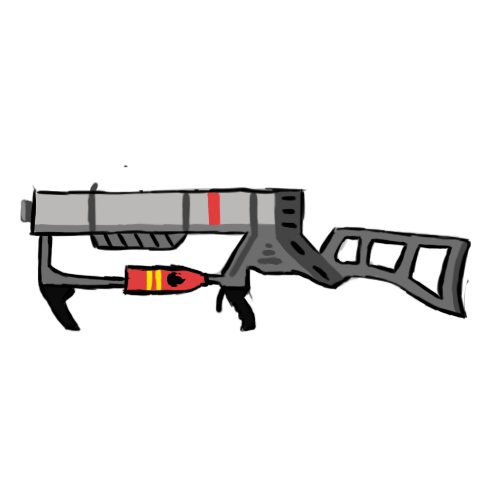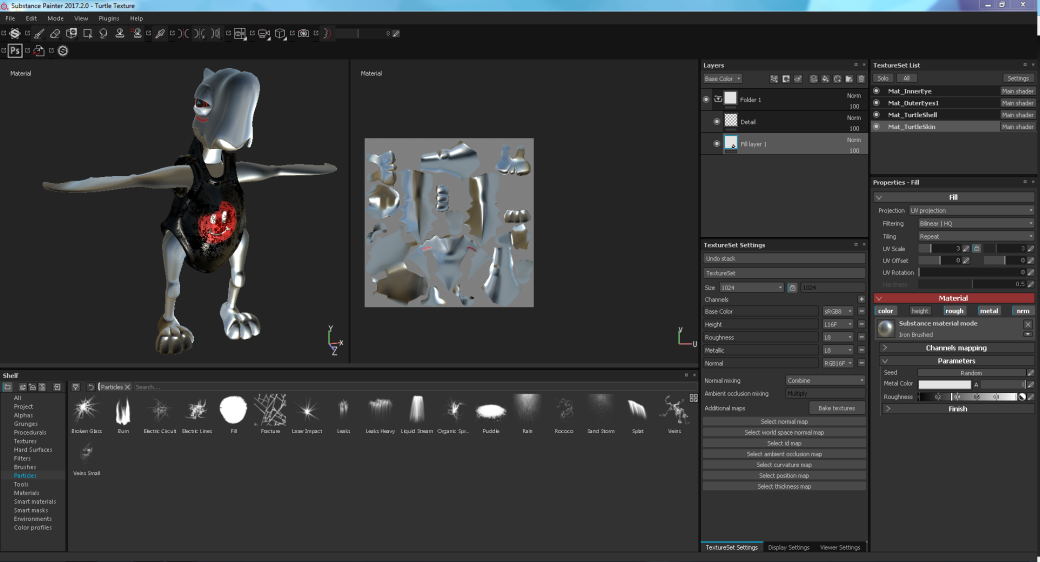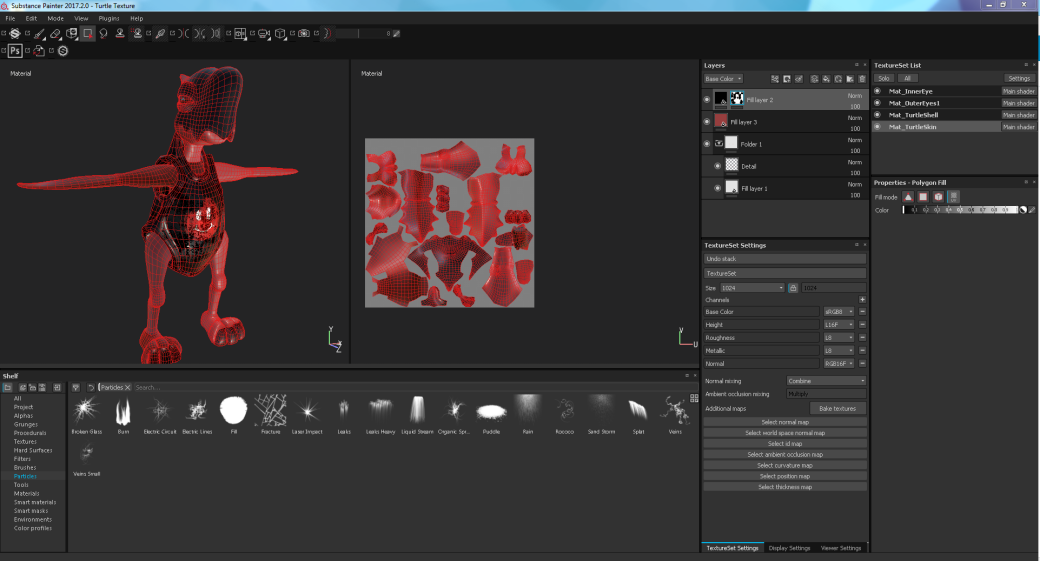For Matt the class has been assigned to create a model that follows the production line that a model would follow in the industry. I decided to link this project in with my Imagine Worlds project. This meant that I had a choice from the asset list on Trello for what I could model. I chose to create a hatchet. I had modelled a fire axe in the past so I used this and other images for reference on how I could make it.

For my fire axe all I had was the low poly version. I used the handle from this and created a new head. I had also reshaped the handle slightly to fit the design a bit more. This is how my Low Poly model of the axe turned out.
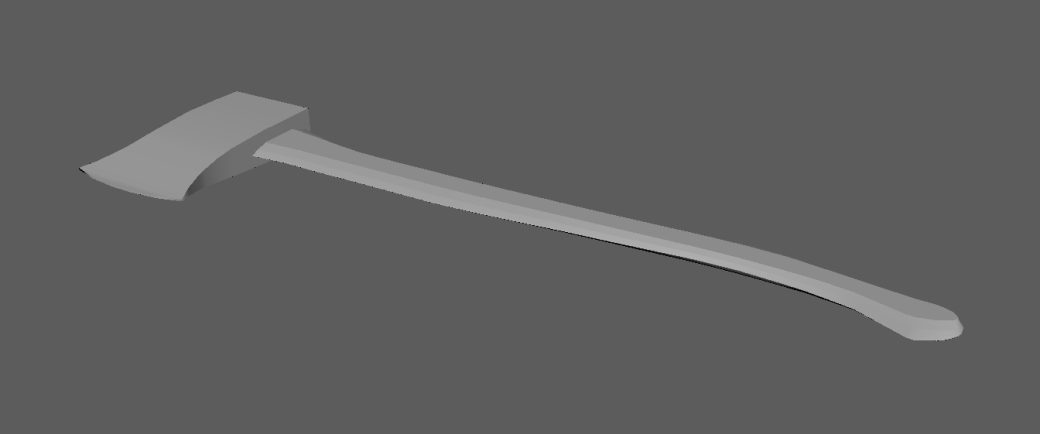

Following this I began to UV unwrap the model, this stage was not very difficult and I did not encounter any problems. The model consisted of two meshes, the head and the handle; however I chose to combine these together. I then added a checkered texture to the model and resized the UVs so that all of the checkers were roughly the same size throughout. I then used the layout function so that they fit nicely onto the map.
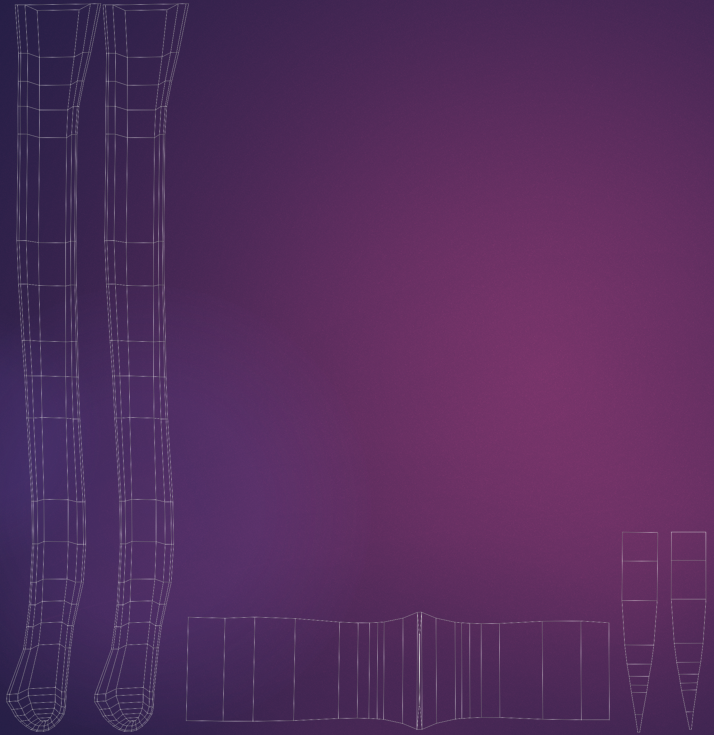

Now that the low poly was complete it allowed me to begin work on the high poly mesh. I started this by duplicated and renaming the mesh by adding “_High” to the end. This will allow me to bake in substance later. I started by bevelling the edges of my high poly model so that it did not look as square. I then smoothed the high poly model.


Below will show the differences between the low and high poly meshes





Once this was done I exported both the models separately as .FBXobjects and imported them into substance so that I could bake and texture. However I had encountered a problem with the bake as I think that my low poly axe may have had too little detail and my high poly had too much. Due to the bake not working properly I could not texture the object. Because of this I am going to do some more research into baking to see where I have went wrong.


















